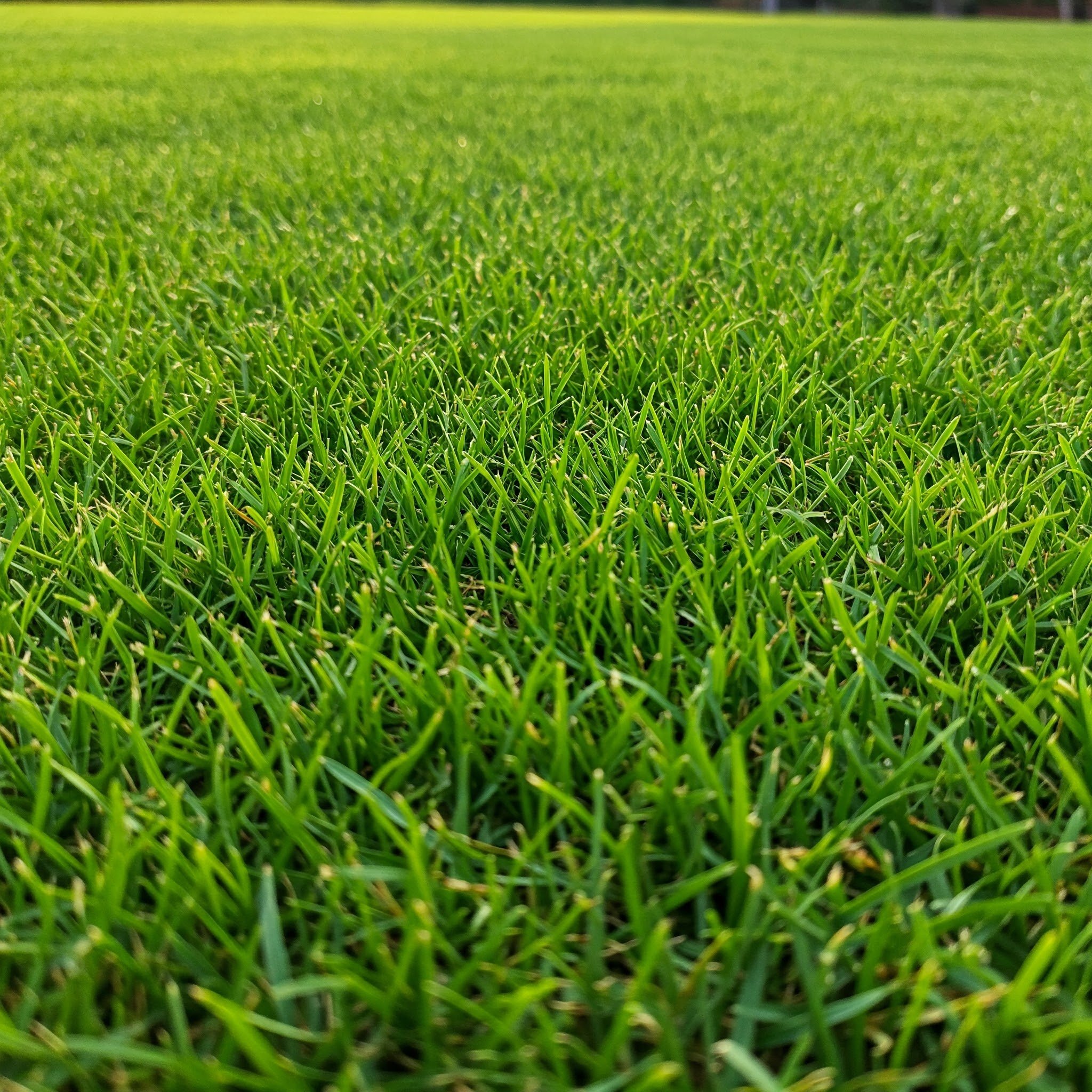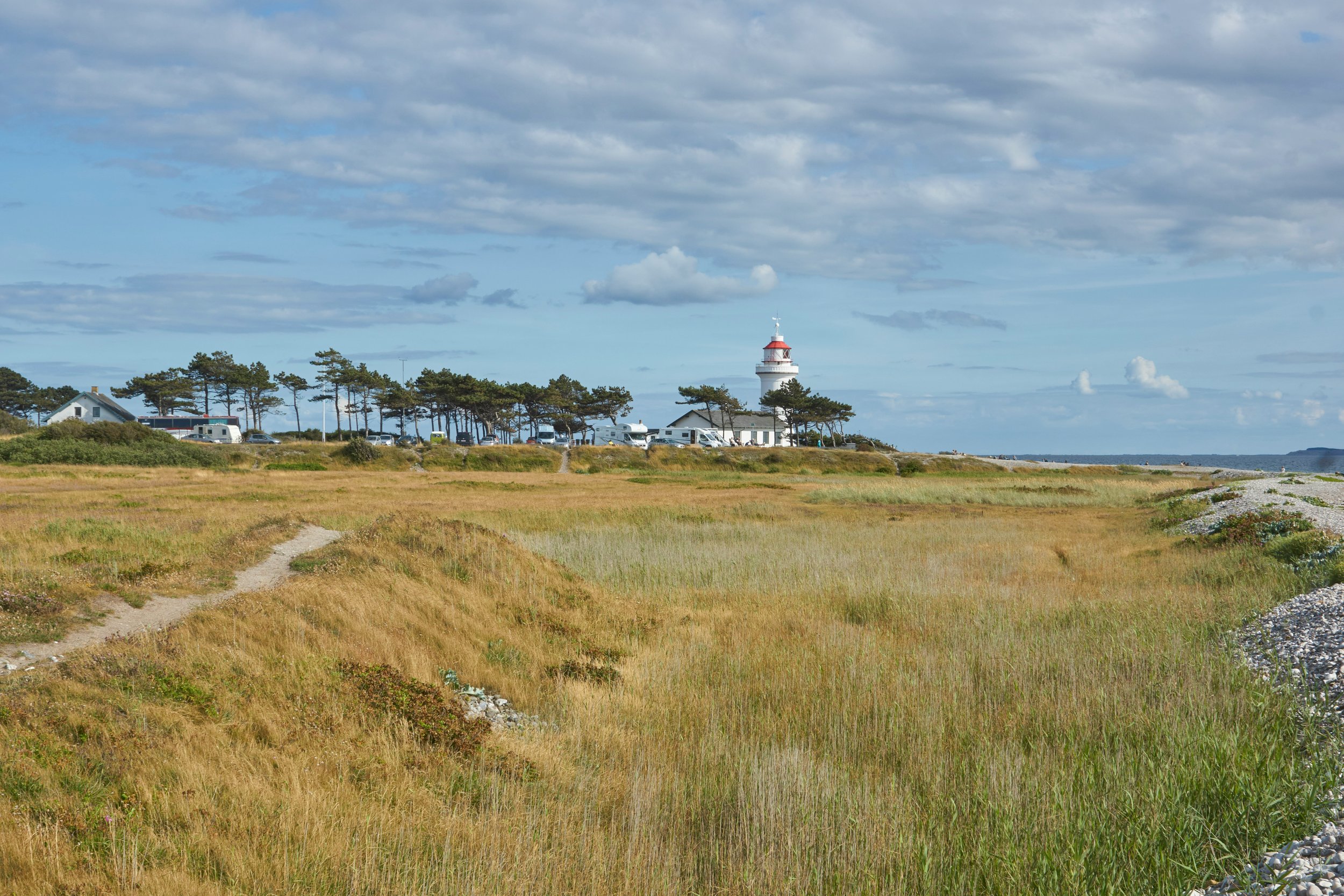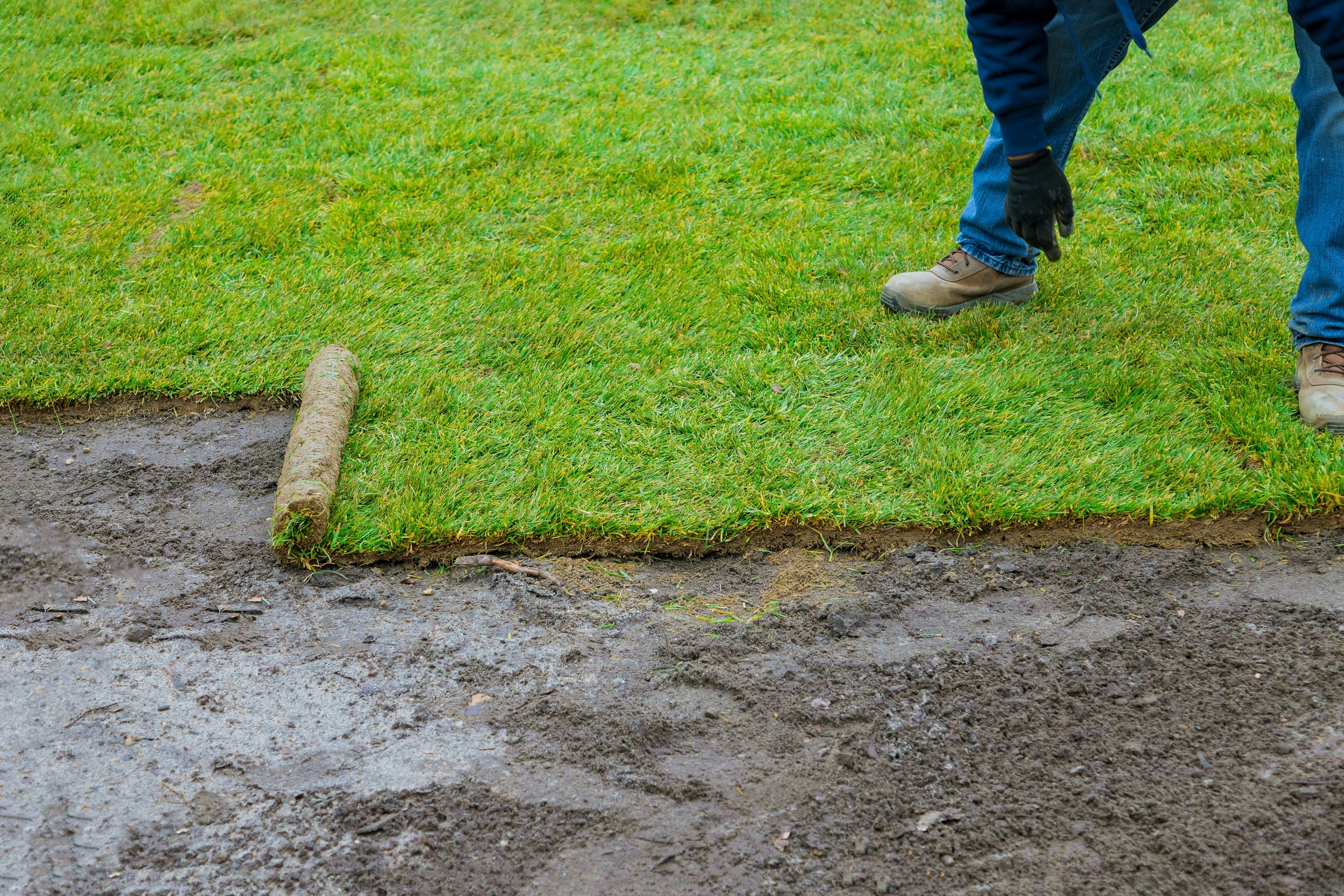When Is the Best Time to Plant Grass Seed?
Wondering when to plant grass seed for a lush lawn? Discover the best time to plant grass seed and tips for success, whether you’re growing cool-season or warm-season grass.
If you’re dreaming of a thick, green lawn that makes your neighbors green with envy, timing is everything! But the million-dollar question is: When is the best time to plant grass seed? Whether you’re starting fresh or filling in bare patches, planting at the right time can make all the difference between success and disappointment. Stick around as we break down the perfect times to plant grass seed, depending on your climate and grass type. Plus, we’ll throw in a few tips to give your lawn a head start!
Understanding Grass Types: Warm-Season vs. Cool-Season
Before we dive into when to plant grass seed, it’s important to know the type of grass you’re dealing with. Grass isn’t one-size-fits-all—different types thrive at different times of the year.
Warm-season grasses: Think Bermuda, Zoysia, or St. Augustine. These varieties love the heat and grow best when temperatures rise.
Cool-season grasses: Ryegrass, fescue, and Kentucky bluegrass belong to this group. These types flourish in cooler weather.
Understanding the difference between warm-season and cool-season grasses helps you care for your lawn more effectively. Warm-season grasses like Bermuda, Zoysia, and St. Augustine thrive in hot weather, making them perfect for regions with warm climates. These varieties grow vigorously during the summer and enter dormancy when temperatures drop. In contrast, cool-season grasses such as ryegrass, fescue, and Kentucky bluegrass flourish in cooler temperatures, making them ideal for northern areas. These grasses grow most actively in the spring and fall, providing lush, green lawns during cooler months. Knowing which type of grass you have ensures you can time aeration, watering, and fertilization properly, helping your lawn stay healthy and beautiful year-round.
When Is the Best Time to Plant Grass Seed?
The answer? It depends! Let’s look at the ideal times to plant both warm-season and cool-season grasses.
1. Planting Cool-Season Grass: Fall is Your Best Bet
For cool-season grasses, fall is hands-down the best time to plant. Why, you ask? Well, the soil is still warm from summer, but the air has cooled down, creating the perfect environment for seed germination.
Ideal temperature range: 60-75°F (15-24°C) during the day.
Plant in early fall: Aim for late August through October, depending on your location. This gives the grass time to establish before winter sets in.
Second chance? If you miss the fall window, early spring is your next best bet—just be prepared for the occasional frost.
The takeaway: Plant cool-season grasses in the fall, and your lawn will reward you with strong roots and vibrant color come springtime.
Timing is crucial when planting cool-season grass to ensure it thrives. The ideal temperature range for planting is between 60-75°F (15-24°C) during the day, providing the perfect environment for seed germination and root development. Early fall—from late August through October, depending on your region—is the best time to plant. This window allows the grass to establish strong roots before the winter chill sets in. If you miss the fall planting season, early spring offers a second chance to get your lawn started. However, be ready to deal with the occasional frost, which could delay growth. Planting during these optimal times ensures your lawn will have a healthy start and be ready to thrive throughout the year.
2. Warm-Season Grass: Let’s Talk Late Spring and Early Summer
Now, if you’re working with warm-season grass, you’ll need to wait until temperatures heat up. These grasses thrive when the weather is warm, and the soil temperature reaches at least 65°F (18°C).
Plant in late spring to early summer: Aim for May through mid-June, after the last frost has passed.
Daytime temperatures should hover between 80-95°F (27-35°C) for optimal growth.
When it comes to planting warm-season crops or grasses, timing is everything. The ideal window for planting is late spring to early summer, typically from May through mid-June, once the danger of frost has passed. These plants thrive in warm weather, so it’s essential to wait until daytime temperatures are consistently in the 80-95°F (27-35°C) range to encourage healthy growth. Planting during this period allows roots to establish quickly, taking full advantage of the long, sunny days. By carefully planning your planting schedule around these optimal conditions, you’ll give your crops or lawn the best chance to flourish throughout the summer season.
Factors That Influence the Best Time to Plant Grass Seed
While general guidelines are helpful, several factors can impact when is the best time to plant grass seed. Let’s take a closer look.
1. Climate
Your region’s climate plays a significant role. Northern areas favor cool-season grasses, while southern regions are better suited to warm-season varieties.
2. Soil Temperature
Grass seed needs warm soil to sprout. For cool-season varieties, soil should be at least 50°F (10°C). For warm-season grasses, shoot for 65°F (18°C) or higher.
3. Weather Patterns
Planting during periods of drought or excessive heat spells trouble. Look for a stretch of mild weather with rain in the forecast for the best results.
4. Lawn Usage
If your yard gets heavy foot traffic (thanks to kids, pets, or summer barbecues), plan your seeding accordingly to give the new grass time to establish.
Step-by-Step Guide to Planting Grass Seed Successfully
Now that you know when is the best time to plant grass seed, let’s walk through the steps to ensure your hard work pays off.
Prep the Soil: Clear away debris, weeds, and old grass. Loosen the soil with a rake to give seeds the best chance to take root.
Test the Soil: A quick soil test will tell you if you need to adjust the pH or add nutrients before planting.
Spread the Seed Evenly: Use a seed spreader to avoid clumps or bare spots.
Cover with a Thin Layer of Soil: Lightly rake the area to ensure good seed-to-soil contact.
Water Daily: Keep the soil consistently moist until the seeds germinate.
Fertilize for Growth: Apply a starter fertilizer to give the seedlings a nutrient boost.
Following these steps will help your new grass thrive, no matter the season.
Common Mistakes to Avoid When Planting Grass Seed
Even with the perfect timing, a few missteps can derail your efforts. Here’s what not to do:
Skipping soil prep: Planting without prepping the soil leads to poor germination.
Overwatering: Too much water can drown your seeds. Aim for light, frequent watering instead.
Using the wrong grass type: Make sure you choose the right variety for your climate and yard conditions.
Not protecting new grass: Keep pets, kids, and heavy traffic off the area until the grass is well-established.
Planting grass successfully requires more than just scattering seeds on the ground—avoiding common mistakes is key to achieving a healthy, lush lawn. Skipping soil prep can result in poor germination, as compacted or nutrient-poor soil makes it hard for seeds to take root. Overwatering is another pitfall; while new seeds need moisture, too much water can drown them, so aim for light, frequent watering instead. Choosing the wrong grass type for your climate or yard conditions can also lead to disappointing results. Finally, it’s important to protect new grass—keeping pets, kids, and heavy foot traffic off the area gives it time to establish strong roots. Paying attention to these details will set your lawn up for long-term success.
Conclusion
So, When Is the Best Time to Plant Grass Seed? It all comes down to the type of grass you’re growing and your local climate. For cool-season grasses, early fall is the best bet, with early spring as a backup. For warm-season varieties, late spring or early summer offers the perfect conditions for growth.
Remember, planting at the right time gives your lawn the best chance to thrive. But timing alone isn’t enough—you’ve also got to prep the soil, water diligently, and keep an eye on those little seedlings. Follow these tips, and you’ll be well on your way to a lush, green lawn that’ll make your neighbors do a double-take.
Now that you know when is the best time to plant grass seed, it’s time to roll up your sleeves, grab some seed, and get planting. Your dream lawn is just a few weeks away!
Read next: How to Successfully Grow Grass on Dirt
Frequently Asked Questions
1. Can I plant grass seed in the summer?
Planting in the heat of summer isn’t ideal, but if you must, focus on warm-season grasses and keep the area well-watered.
2. How long does it take for grass seed to sprout?
Depending on the type, grass seed typically takes 7-21 days to germinate, provided the conditions are right.
3. Do I need to aerate before planting grass seed?
While not required, aerating the soil before seeding can improve seed-to-soil contact and boost germination.
4. Should I use a starter fertilizer when planting grass seed?
Absolutely! Starter fertilizer helps new grass seedlings grow strong roots from the get-go.
5. How often should I water newly planted grass seed?
Water lightly once or twice a day until the seeds sprout. After that, you can taper off to deeper, less frequent watering.
Stay up to date with our latest ideas!











